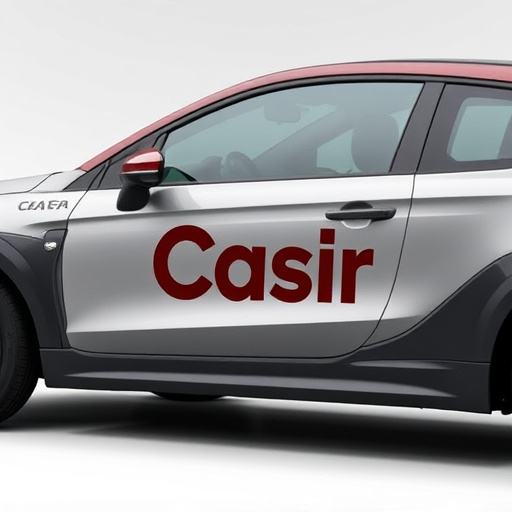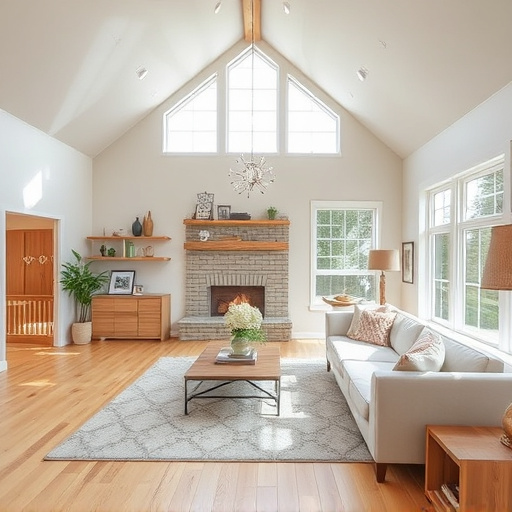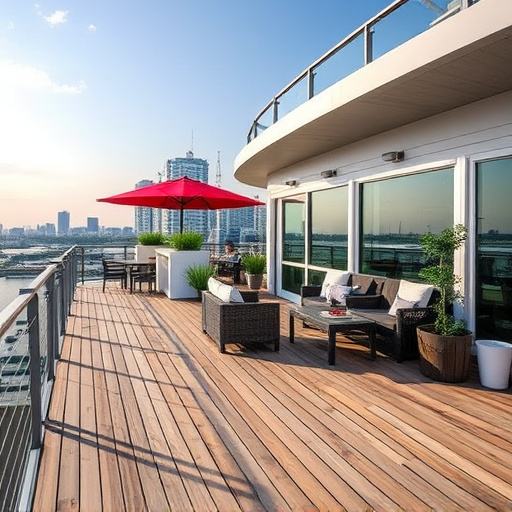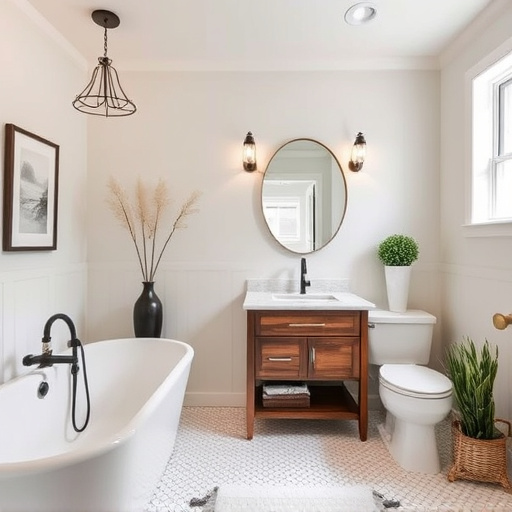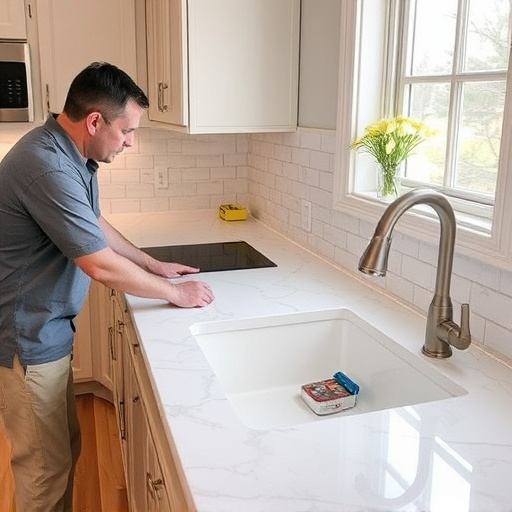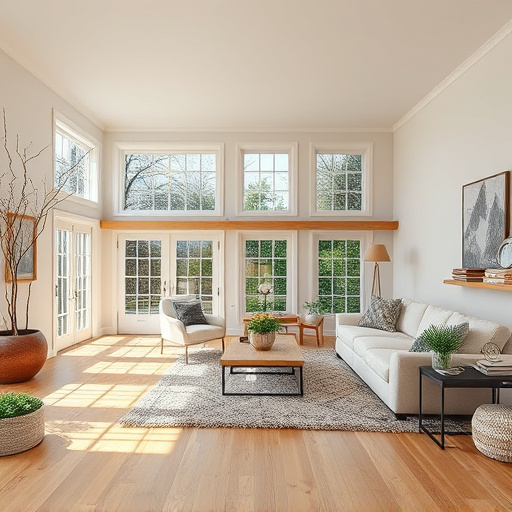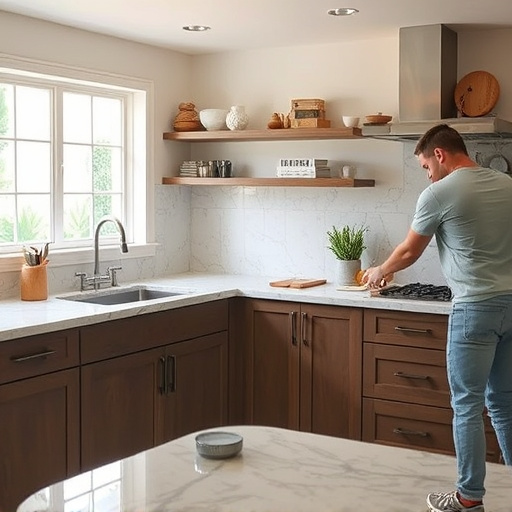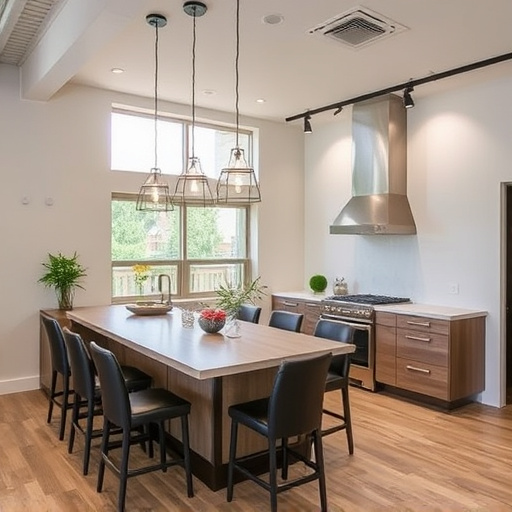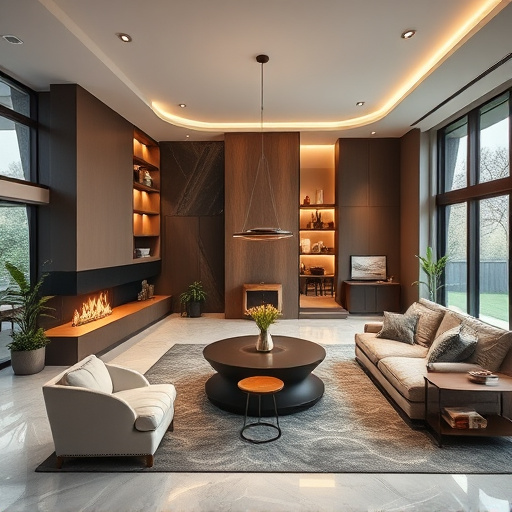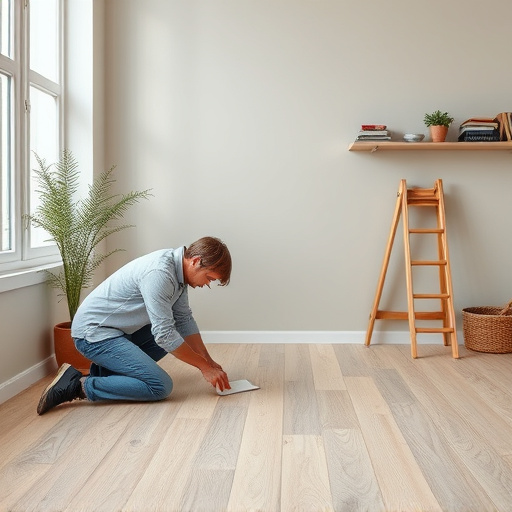Successful business remodels rely on psychological space design principles to boost employee productivity and customer engagement. This involves strategic layouts for collaboration and task-specific zones, plus visually appealing aesthetics that evoke positive emotions and brand associations. Well-planned renovations enhance experiences, encourage longer visits, and foster strong connections with target markets, ultimately driving business success.
Interior layout plays a pivotal role in the success of any business remodel. This article delves into the intricate relationship between space design and commercial renovation, exploring key aspects that drive productivity and customer engagement. We examine the psychology behind space design, practical considerations for optimizing workflows, and the aesthetic impact on fostering customer interactions. By understanding these elements, businesses can transform their spaces into dynamic environments that enhance performance and leave a lasting impression.
- Understanding the Psychology Behind Space Design
- Practical Considerations for Efficient Workflows
- The Role of Aesthetics in Customer Engagement
Understanding the Psychology Behind Space Design
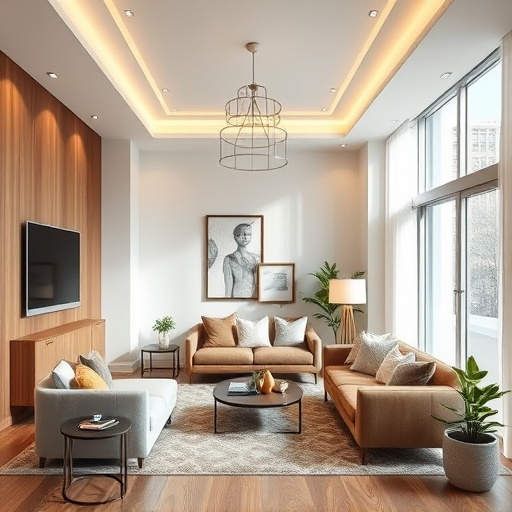
The psychology behind space design plays a pivotal role in the success of any business remodel. Our surroundings significantly influence our behavior and emotions, which can impact productivity, creativity, and overall satisfaction within a workspace. For instance, well-designed office spaces that incorporate natural light, comfortable seating, and aesthetically pleasing decor have been shown to boost employee morale and increase efficiency. Conversely, poorly planned layouts with limited circulation or stark, uninviting aesthetics can lead to decreased engagement and higher turnover rates.
Understanding these psychological factors is key when embarking on a business remodel, whether it’s a kitchen remodel, whole house remodels, or customized work areas. By considering how different design elements impact the human mind, professionals can create environments that foster collaboration, inspire innovation, and ultimately contribute to the success and growth of any enterprise.
Practical Considerations for Efficient Workflows
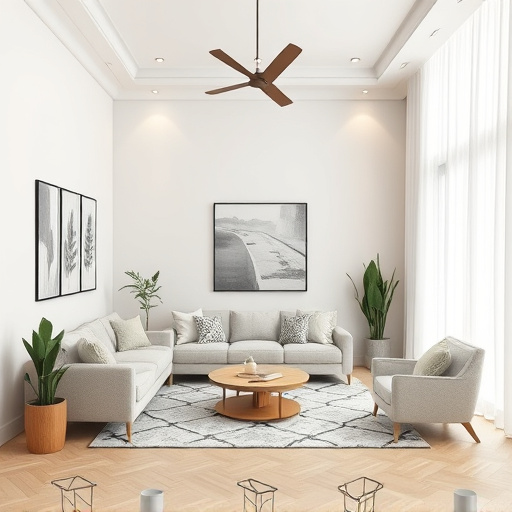
A successful business remodel hinges on efficient workflows, and practical considerations play a pivotal role in achieving this. When planning a remodel, it’s essential to think beyond aesthetics and focus on layout designs that promote productivity. For instance, open-concept layouts can foster collaboration among teams, reduce communication barriers, and streamline processes, especially in dynamic work environments like tech startups or creative agencies.
Consider the nature of work within your space: high-density areas for focused tasks, collaborative zones for brainstorming sessions, and dedicated break rooms to recharge. Incorporating these elements thoughtfully ensures employees can navigate the space intuitively, minimizing time wasted on finding resources or colleagues. Whether it’s a simple reconfiguration or a complete home addition or home renovation, ensuring the layout aligns with daily operations will significantly impact the overall success of your business remodel.
The Role of Aesthetics in Customer Engagement
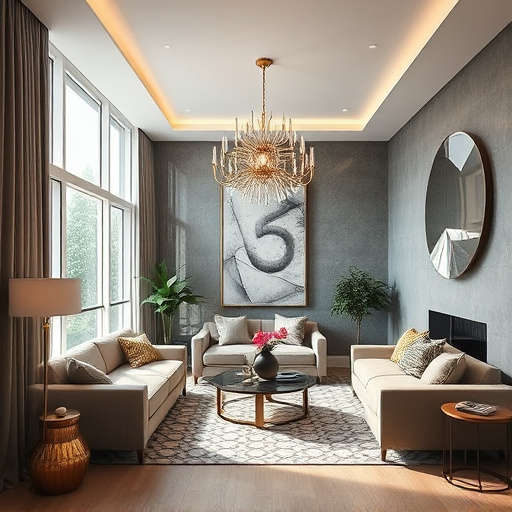
The visual appeal of a space plays a pivotal role in customer engagement during a business remodel. Aesthetics are more than just an afterthought; they are a powerful tool to capture attention and create an emotional connection with your audience. A beautifully designed interior can instantly evoke feelings of comfort, excitement, or even luxury, influencing how patrons interact with your brand. For instance, a well-planned kitchen renovation in a restaurant not only enhances the culinary experience but also encourages customers to linger longer, increasing the potential for repeat visits.
Similarly, bathroom remodels that prioritize style and functionality can transform a mundane experience into a memorable one. The right color palette, lighting, and design elements can make patrons feel welcomed and valued, fostering a positive association with your business. Home transformations, whether it’s a cozy café or a modern showroom, should aim to create an ambiance that resonates with the target market, thereby increasing customer engagement and ultimately contributing to the success of any business remodel project.
A well-designed interior layout is a powerful tool for enhancing business remodel success. By understanding psychological principles, implementing practical workflows, and prioritizing aesthetics, businesses can create spaces that not only reflect their brand but also engage customers and optimize operations. These strategies ensure that the physical environment supports and complements the goals of any business remodel effort.
